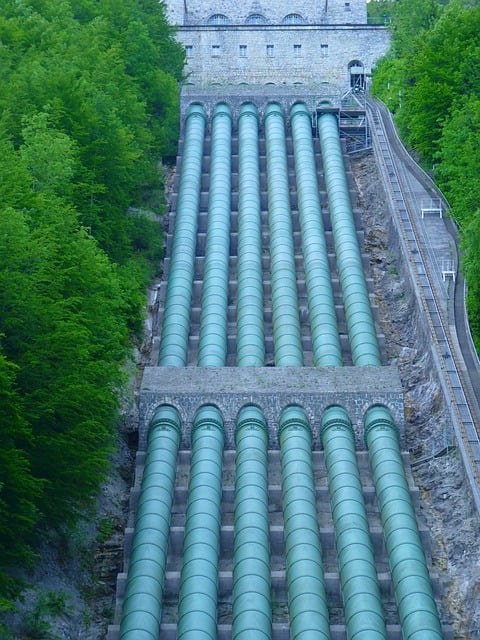Low water pressure can be caused by mineral buildup, faulty fixtures, or outdated plumbing. Recognize early signs like weak flow and inconsistent pressure. Address issues through DIY solutions like cleaning aerators, or replace old pipes/water heaters for complex cases. Regular maintenance prevents future problems, ensuring strong water pressure for daily tasks. Check main shut-off valve, inspect pipes for leaks, and clean aerators to increase water pressure throughout the house.
Struggling with low or inconsistent water pressure in your home? From frustratingly weak showers to running faucets, these issues can be a real headache. This guide is your go-to resource for tackling water pressure problems head-on. We break down the causes and offer practical solutions, from quick fixes for faucet and showerhead issues to long-term upgrades like installing a water pressure regulator or whole-house system. Discover how to increase water pressure and reclaim control over your home’s plumbing.
- Understanding Water Pressure Issues
- – Identifying common signs of low water pressure
- – Differentiating between whole-house and localized problems
Understanding Water Pressure Issues

Water pressure issues can range from a faint trickle to a weak spray, impacting your daily routines and overall satisfaction with your plumbing system. Understanding the root causes is the first step in how to increase water pressure. Often, low pressure is due to factors like mineral buildup in pipes, faulty fixtures, or an outdated water heater. Identifying these issues is crucial in determining the best course of action for repair.
Fixing water pressure problems may involve simple DIY solutions like cleaning aerators and showerheads to remove mineral deposits. For more complex cases, replacing old pipes or upgrading your water heater could be necessary. Regular maintenance and inspection can prevent future problems and ensure your plumbing system operates efficiently, providing the strong water pressure you need for everyday tasks.
– Identifying common signs of low water pressure

Low water pressure can be frustrating, but identifying the signs early on is key to finding effective solutions. One of the most noticeable indicators is a lack of force when turning on the faucet or showerhead. You might notice that the water flow is weak and sluggish, even after ensuring all other taps are closed. Another common sign is an inconsistent pressure level; for instance, warm water may have significantly lower pressure than cold water.
If you experience prolonged periods of low pressure, it could be due to various factors such as leaky pipes, outdated plumbing, or a build-up of mineral deposits in your water heater. Understanding these signs will help guide you towards the right solutions for how to increase water pressure and restore a strong, consistent flow throughout your home.
– Differentiating between whole-house and localized problems

If you’re experiencing a decrease in water pressure throughout your entire house, it’s likely a whole-house issue. This could be caused by various factors such as low water supply, corroded pipes, or a malfunctioning water pressure regulator. In such cases, it’s essential to understand how to increase water pressure effectively. Start by checking your main water shut-off valve; ensure it’s fully open and undamaged. Next, examine the condition of your pipes and fittings for any signs of leaks or corrosion, as these can restrict water flow.
On the other hand, if the problem is localized to specific faucets or showerheads, it could be a matter of mineral buildup or aerator issues. To increase water pressure in these cases, try cleaning or replacing affected fixtures’ aerators and filters. Regular maintenance and timely repairs are key to preventing and addressing water pressure problems, ensuring an optimal showering and faucet experience.
Whether you’re dealing with a weak shower spray or a sluggish faucet, understanding how to increase water pressure can significantly enhance your daily routines. By identifying the source of the issue—whether it’s a whole-house problem or localized to certain fixtures—you can choose the most effective fix. From simple adjustments like cleaning aerators to more complex solutions like re-routing pipes, there are numerous ways to restore optimal water pressure and transform your experience in the bathroom or kitchen.
